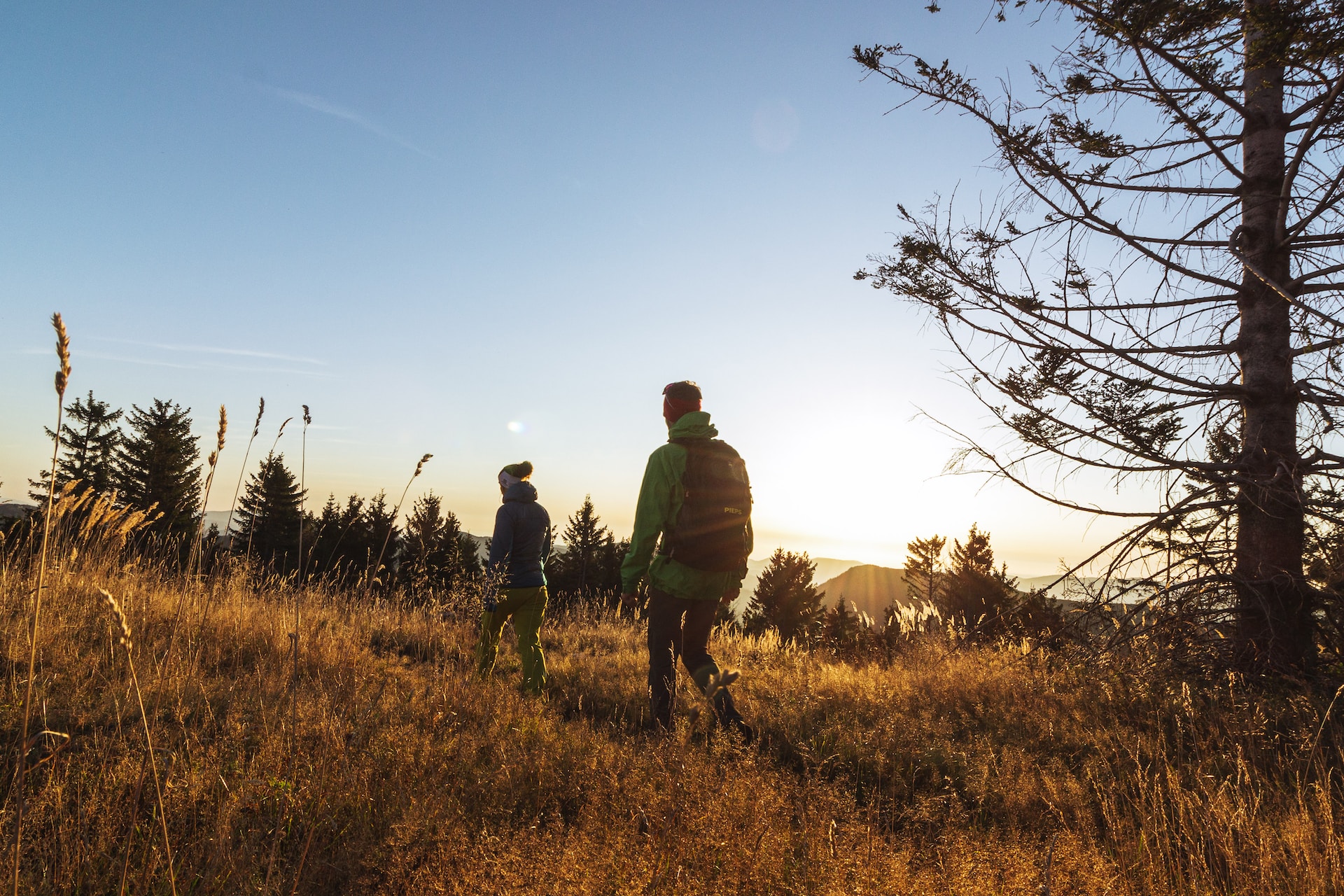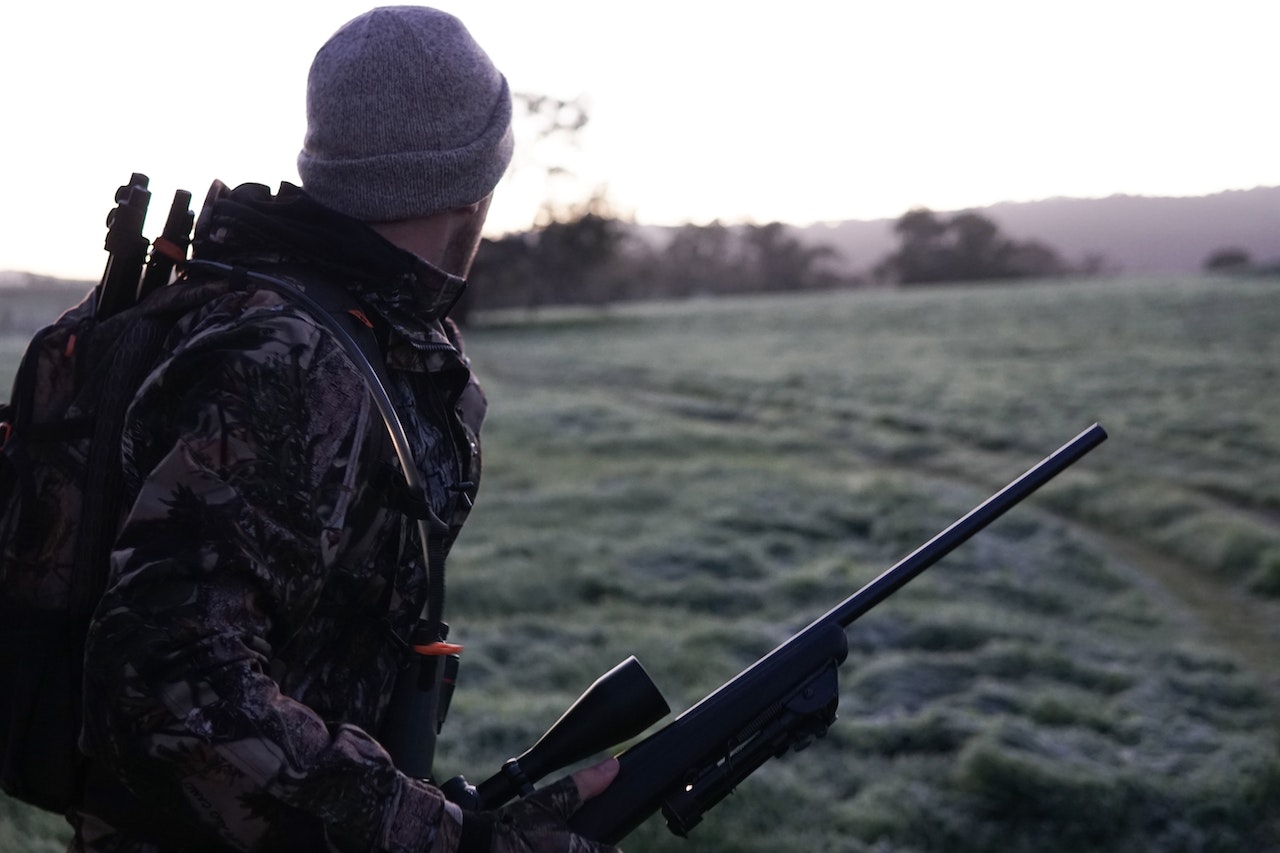Are you planning a trip to the Grand Canyon? Whether it’s your first time or tenth, there are always new and exciting things to discover about this natural wonder. Before you pack your bags and hit the road, take a moment to read through these interesting facts that will give you a deeper appreciation for the sheer magnitude and complexity of this geological masterpiece. If it’s your first time going there, consider checking the grand canyon tours from las vegas. Here, we will talk about the interesting facts about the Grand Canyon.
Grand Canyon Has Numerous Hidden Caves
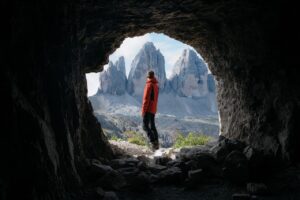 The Grand Canyon is mostly known for its breathtaking views and awe-inspiring landscapes, but did you know it’s also home to numerous hidden caves? These underground caverns are scattered throughout the canyon, tucked away in remote corners and waiting to be discovered. Many of these caves were formed millions of years ago by the same geological forces that created the Grand Canyon itself. Over time, water and wind eroded the soft rock formations, leaving behind a network of tunnels and chambers beneath the surface. While some of these caves are easily accessible to hikers and explorers, others require specialized equipment or advanced skills to navigate safely. Some even contain ancient artifacts left behind by early human inhabitants or evidence of prehistoric animals that once roamed the region.
The Grand Canyon is mostly known for its breathtaking views and awe-inspiring landscapes, but did you know it’s also home to numerous hidden caves? These underground caverns are scattered throughout the canyon, tucked away in remote corners and waiting to be discovered. Many of these caves were formed millions of years ago by the same geological forces that created the Grand Canyon itself. Over time, water and wind eroded the soft rock formations, leaving behind a network of tunnels and chambers beneath the surface. While some of these caves are easily accessible to hikers and explorers, others require specialized equipment or advanced skills to navigate safely. Some even contain ancient artifacts left behind by early human inhabitants or evidence of prehistoric animals that once roamed the region.
Grand Canyon Temperatures Vary in Different Rims
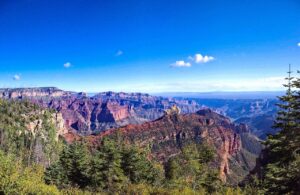 An interesting fact about the Grand Canyon is that temperatures can vary greatly depending on which rim you are visiting. The South Rim, which is more accessible and receives more visitors, has a milder climate throughout the year, with average temperatures ranging from 20-60 degrees Fahrenheit in winter and 60-80 degrees Fahrenheit in summer. On the other hand, the North Rim experiences colder temperatures due to its higher elevation of over 8,000 feet above sea level. Its average temperature during winter ranges from -5 to 25 degrees Fahrenheit, while in summer, it ranges from 50-75 degrees Fahrenheit. If you plan on hiking or camping within the park, it’s essential to check weather conditions for your specific location, as they can change rapidly. Packing accordingly with warm clothing layers and plenty of water regardless of which rim you visit is also important.
An interesting fact about the Grand Canyon is that temperatures can vary greatly depending on which rim you are visiting. The South Rim, which is more accessible and receives more visitors, has a milder climate throughout the year, with average temperatures ranging from 20-60 degrees Fahrenheit in winter and 60-80 degrees Fahrenheit in summer. On the other hand, the North Rim experiences colder temperatures due to its higher elevation of over 8,000 feet above sea level. Its average temperature during winter ranges from -5 to 25 degrees Fahrenheit, while in summer, it ranges from 50-75 degrees Fahrenheit. If you plan on hiking or camping within the park, it’s essential to check weather conditions for your specific location, as they can change rapidly. Packing accordingly with warm clothing layers and plenty of water regardless of which rim you visit is also important.
Grand Canyon Was Carved Millions of Years Ago
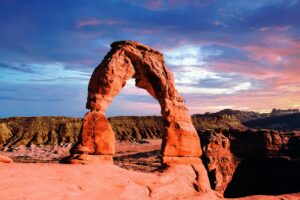 The Grand Canyon is known to be one of the most beautiful and inspiring natural wonders in the world. But did you know that it was carved millions of years ago? Yes, you read that right! The Grand Canyon has been around for a very long time. It all started around 6 million years ago when the Colorado River began to carve its way through rock layers. Over time, this slow but steady process created what we now know as the Grand Canyon. But how exactly did this happen? It’s all thanks to something called erosion. Erosion happens when wind, water, or ice wear away at the earth’s surface over time. In the case of the Grand Canyon, it was mostly water doing the work.
The Grand Canyon is known to be one of the most beautiful and inspiring natural wonders in the world. But did you know that it was carved millions of years ago? Yes, you read that right! The Grand Canyon has been around for a very long time. It all started around 6 million years ago when the Colorado River began to carve its way through rock layers. Over time, this slow but steady process created what we now know as the Grand Canyon. But how exactly did this happen? It’s all thanks to something called erosion. Erosion happens when wind, water, or ice wear away at the earth’s surface over time. In the case of the Grand Canyon, it was mostly water doing the work.
The Grand Canyon is truly a remarkable natural wonder that continues to capture the hearts and imaginations of millions of people worldwide. With its hidden caves, rich history, diverse wildlife, and breathtaking views, it’s no wonder why this geological masterpiece remains one of America’s most iconic attractions. Most importantly, don’t forget to take time to stand in awe and appreciate the beauty before you simply. Whether it’s hiking along one of its many trails or simply taking in panoramic views from an observation point with loved ones by your side – allow yourself to be fully immersed in the magic that is the Grand Canyon.
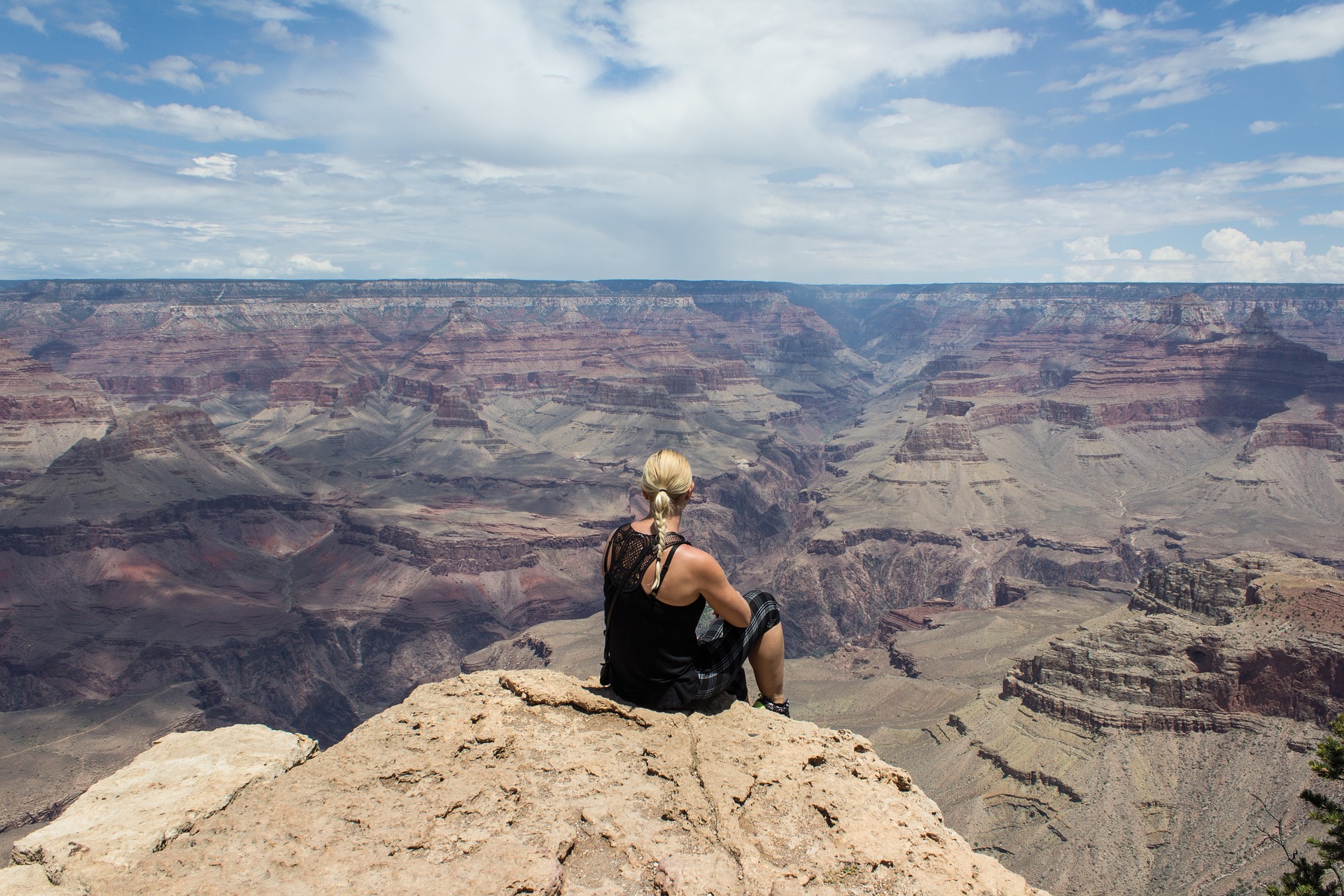




 The French Riviera, or Côte d’Azur, is a glamorous stretch along the southeastern coast of France. It’s where azure waters meet stunning cliffs and luxurious resorts. Cities like Nice and Cannes are famous for their vibrant atmosphere. Strolling Promenade des Anglais in Nice offers breathtaking views of the Mediterranean. The beaches here are perfect for sunbathing or people-watching. Don’t miss out on trying a refreshing rose wine while soaking up the sun. Cannes, known for its film festival, has more to offer than just cinema.
The French Riviera, or Côte d’Azur, is a glamorous stretch along the southeastern coast of France. It’s where azure waters meet stunning cliffs and luxurious resorts. Cities like Nice and Cannes are famous for their vibrant atmosphere. Strolling Promenade des Anglais in Nice offers breathtaking views of the Mediterranean. The beaches here are perfect for sunbathing or people-watching. Don’t miss out on trying a refreshing rose wine while soaking up the sun. Cannes, known for its film festival, has more to offer than just cinema.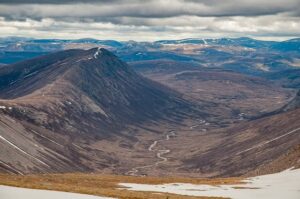 The Scottish Highlands are a land of breathtaking beauty and rugged charm. Towering mountains, deep lochs, and sprawling glens create a landscape that feels untouched by time. As you drive through this
The Scottish Highlands are a land of breathtaking beauty and rugged charm. Towering mountains, deep lochs, and sprawling glens create a landscape that feels untouched by time. As you drive through this 
